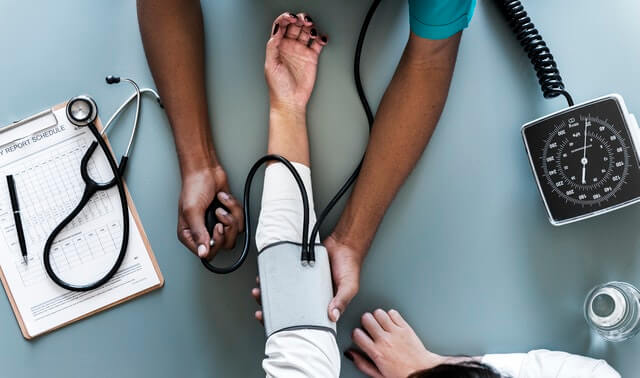**This article is written at a time when the Coronavirus outbreak is still developing and our knowledge is expanding. This blog is written taking into account current knowledge and my experience of 45 years in medicine. It is not intended to replace local advice and instructions. If you have symptoms contact your local medical advisors.**
Updated: March 2, 2020
On the 31st December 2019, the World Health Organization (WHO) was informed of cases of pneumonia of an unknown cause in Wuhan, Hubei province, China. Just a few weeks later a new Coronavirus — COVID-19 — was identified as the cause. Early reports suggested a link to a seafood and an animal market, but later, person-to-person spread was developing and the virus had mutated and changed. Shortly after its discovery, WHO declared the outbreak of COVID-19 as a public health emergency of international concern.
It’s vital that we carefully monitor the developing situation and manage risk accordingly. We have successfully faced other such events over my lifetime in medicine. For example, other viruses that came from other species and transmitted to humans include HIV, SARS, MERS, Zika, Ebola and Monkeypox.
As of February 28, there have been 83,000 cases in 53 countries. More than 2,800 people have died. Many deaths have occurred in people over the age of 70 and with pre-existing diseases.
To maintain perspective, it’s important to note that in the 2018-19 Influenza season there were 10 million cases worldwide and 500,000 deaths however, there was nowhere near the same amount of media coverage and panic.
The symptoms of COVID-19 are fever, general feeling unwell, sore throat, sneezing and a cough. The symptoms of a common cold or influenza are fever, general feeling unwell, sore throat, sneezing and a cough. If you or an employee get these symptoms and haven’t been to a high-risk area nor had face-to-face contact with someone that has, it’s more than likely you’ll have the common cold.
It’s believed the virus is spread through coughing, sneezing and creating droplet spread but also it can live on hard surfaces such as desks and door handles — which are probably your biggest risk.
A high media presence often creates complexity, worry, panic and unnecessary anxiety. We are grappling with a new virus that is spreading quickly. As with any contagious disease, it’s important to take precaution to reduce your risk. Some simple understanding and measures we can all undertake will reduce what minimal risk we have.
Tips to manage risk and impact to those around you:
- Stay up to date with local guidance and information to keep your risk in perspective.
- Refer to the WHO’s guidance on workplace safety and preparedness.
- If you and your employees are under 70 with no other health problems, you may have a very low risk of complications.
- If you or anyone in your organization haven’t been to a high risk area or been in contact with someone who has then you’re unlikely to encounter the virus.
- Do not travel to an area of infection and take note of travel advisories.
- Keep fit and well — regular exercise, good hydration, eat well and get regular sleep.
- If you do develop symptoms seek advice from your local pharmacist, health help lines and if it gets worse, your local doctor.
- If you’ve visited a high risk area, don’t go to your doctor but phone them for advice. Going into a public place if you did have the virus would increase the outbreak.
- There is no evidence that masks decrease your chances of contracting the virus, but they do help to stop the spread of disease if you are already sick. The virus is a very small particle and to have a suitable and sufficient mask it would need to be of industrial quality, fit tightly across mouth and nose. Paper and cloth masks don’t meet this requirement.
- When sneezing, rather than into your hand, try and remember to sneeze into a tissue or the bend of your elbow. If you do sneeze into your hands wash them ASAP and avoid other hand contacts until you’ve done so.
- Don’t forget to simply act sensibly if you do feel under the weather. “Catch it, bin it, kill it” was the slogan promoted in public health campaigns. It reminds people to use disposable tissues to reduce the risk of spread from sneezing — and get rid of them, not leave them lying around. This remains good advice now, as always.
- Most importantly: the best method of prevention is to wash your hands regularly, especially at work and in public places. Avoid hand to mouth and hand to nose contact.
For people in China, Iran and Italy where the virus has spread quickly, it’s a scary and uncertain time. But, depending on where you’re located, the risk for many of us remains quite low. Despite this, media reports are keeping anxiety levels high. My advice is to keep fit, look at the risk in perspective, get your flu shot, keep up to date with country by country advice if traveling, but above all — regularly wash your hands — and not just for Coronavirus, but for all the other viruses and bacteria that lurk around us.
To keep up to date with the latest developments of Coronavirus, please visit the World Health Organization website.
Other resources you may find useful:
